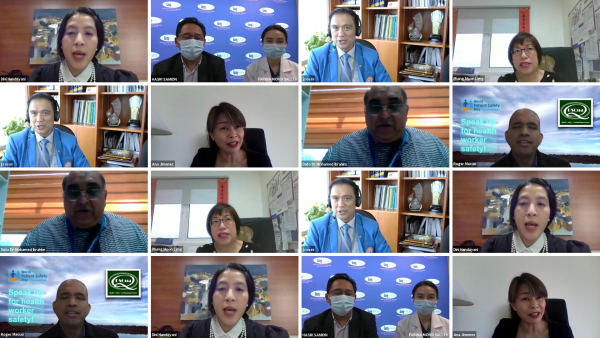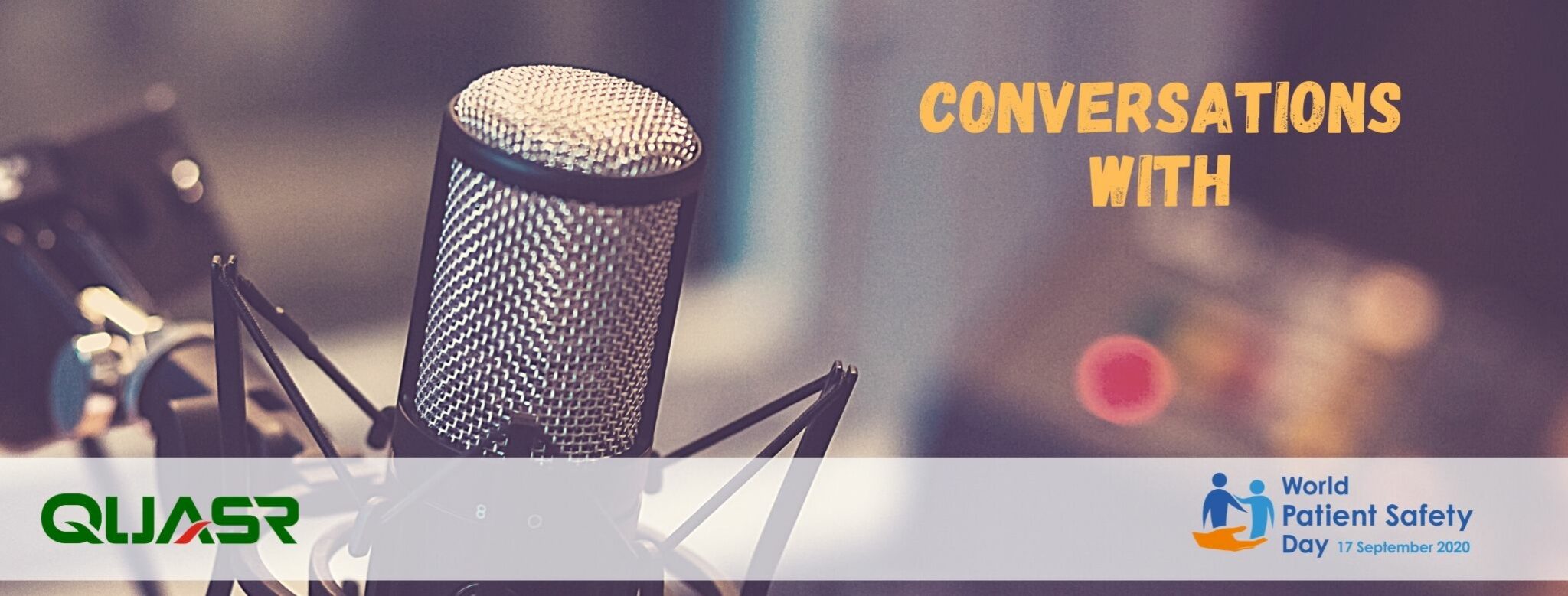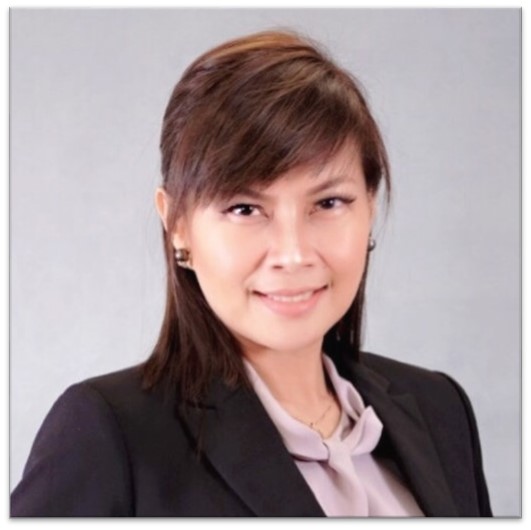
APHM International Healthcare Conference & Exhibition 2024
We are pleased to invite you to visit our Booth #129 at the 30th APHM International Healthcare Conference and Exhibition

We are pleased to invite you to visit our Booth #129 at the 30th APHM International Healthcare Conference and Exhibition

We kickstarted our World Patient Safety Day 2020 celebrations in September 2020. One of our campaigns was called “Conversations with”, which is

In conjunction with World Patient Safety Day (WPSD) 2020, QUASR is organizing a series of interviews with healthcare leaders to

In this interview, Dato Dr Ibrahim speaks about the protection and safety of health workers as the utmost priority, investing in cutting-edge technology while making pricing affordable…

Ms Phang speaks about Oriental’s commitment to health worker safety, a new initiative to promote just culture and more…

In this interview, Dr Dini speaks on safety culture, managing safety risks and crisis management, Medistra Hospital’s support for health worker safety and wellbeing, digital initiatives and new service offerings.

Dr. Roger Macusi talks about PSQua’s roles in patient safety, the impact of Covid-19 pandemic on the healthcare industry.

Dr Jimenez speaks compassionately on the importance of having health worker safety as an integral part of patient safety culture…

Dr Juan Lucas Rosas is the Quality Management Director, FV Hospital in Ho Chi Minh City, Vietnam. QUASR’s relationship with
WHO designated 17 September World Patient Safety Day theme as “Health Worker Safety: A Priority for Patient Safety”.